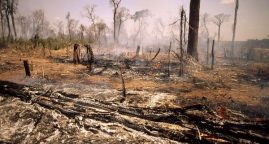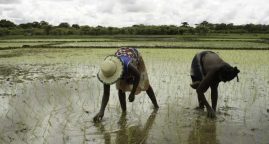A Cuban model for a resilient Caribbean
02/25/2015. With a population of 36 million, the Caribbean region is home to a diverse array of languages and cultures, to islands large and small, to major coastal cities and small mountain villages. But for all its diversity, its countries and territories share an important trait – exposure to a yearly hurricane season that can, at times, have devastating impacts.
In response to such hydro-meteorological threats, the Cuban government has collaborated with UNDP Cuba and UNDP’s Caribbean Risk Management Initiative since 2005 to create the Risk Reduction Management Center (RRMC), a model of local risk reduction management. At the heart of the model is the promotion of local level decision-making that relies on coordinated early warning systems, risk and vulnerability studies, communications systems, effective database management and mapping, GIS, and community preparedness.
Read the article and watch the video on the United Nations Development Programme website
Related Articles
The Geopolitics of Environmental Challenges
03/02/2017. Much of the world seems to be on edge. But one issue – one might say the most significant of them all – is being ignored or pushed aside: the environment.
How Environmental security and human rights are linked?
10/05/2017. According to experts, the natural resources and their fair distributions are essential to ensure the human rights.
Climate change is the story you missed in 2017
12/07/2017. Some of Trump’s tweets generate more national coverage than devastating disasters. As the weather gets worse, we need journalism to get better.






